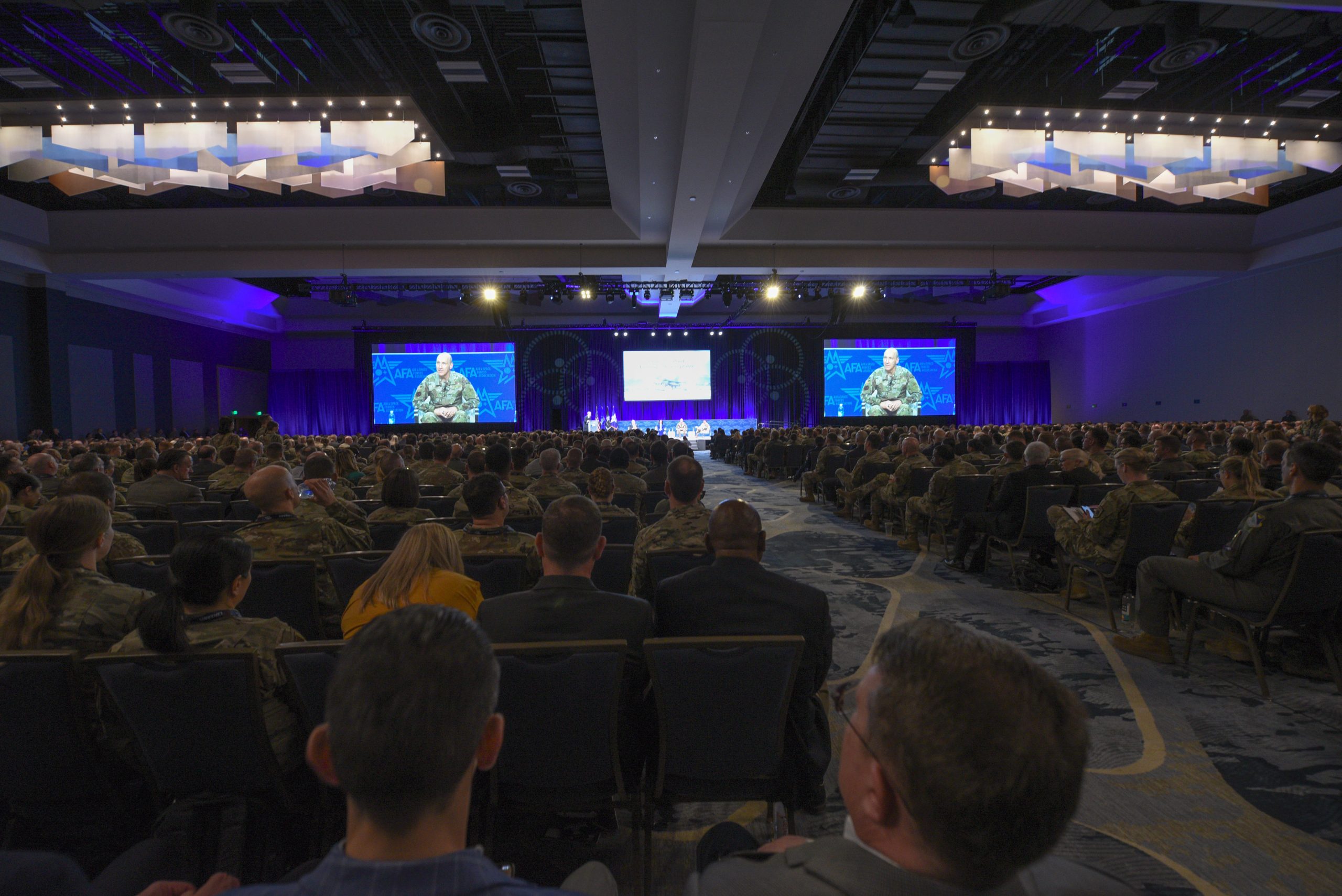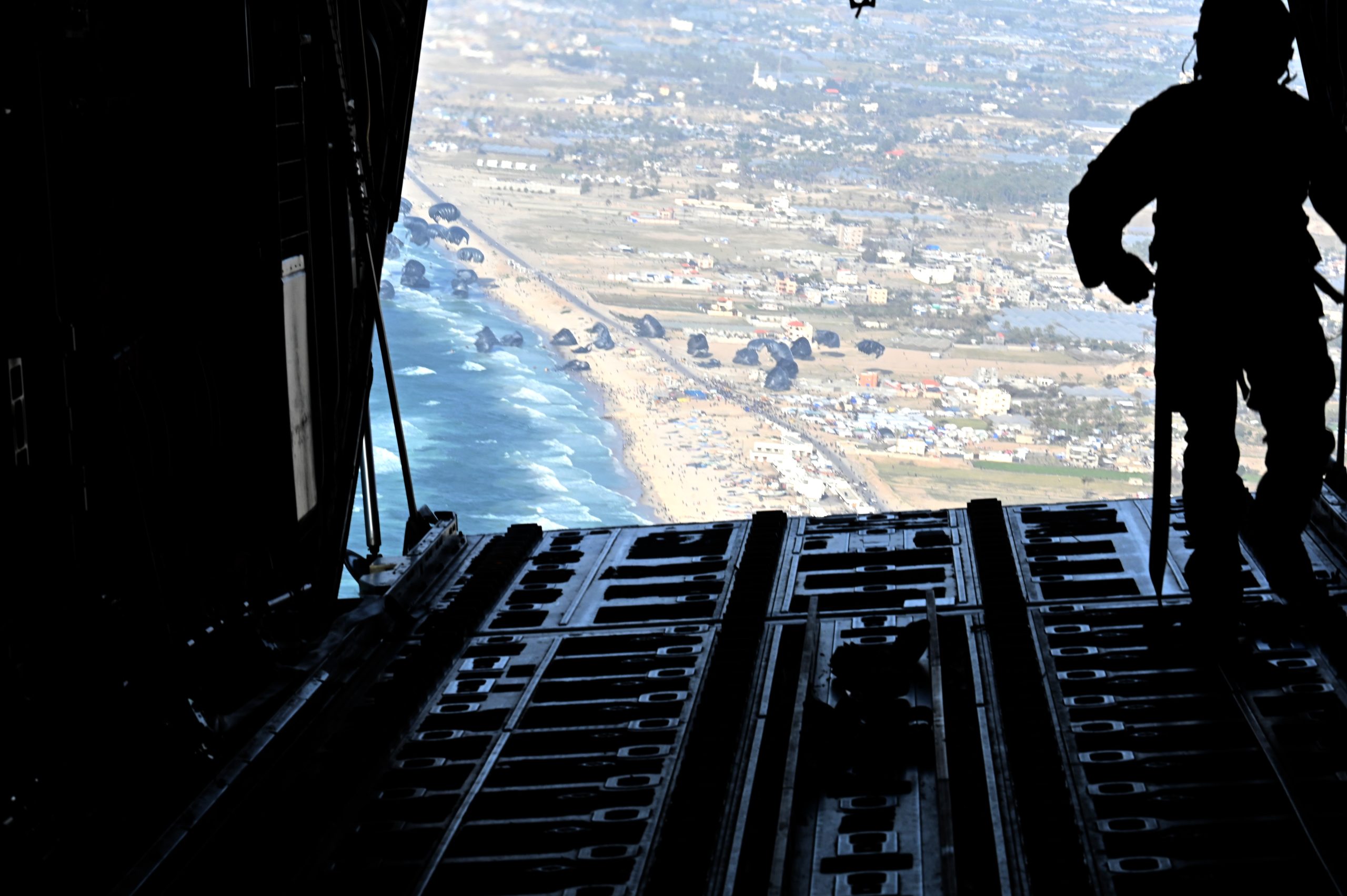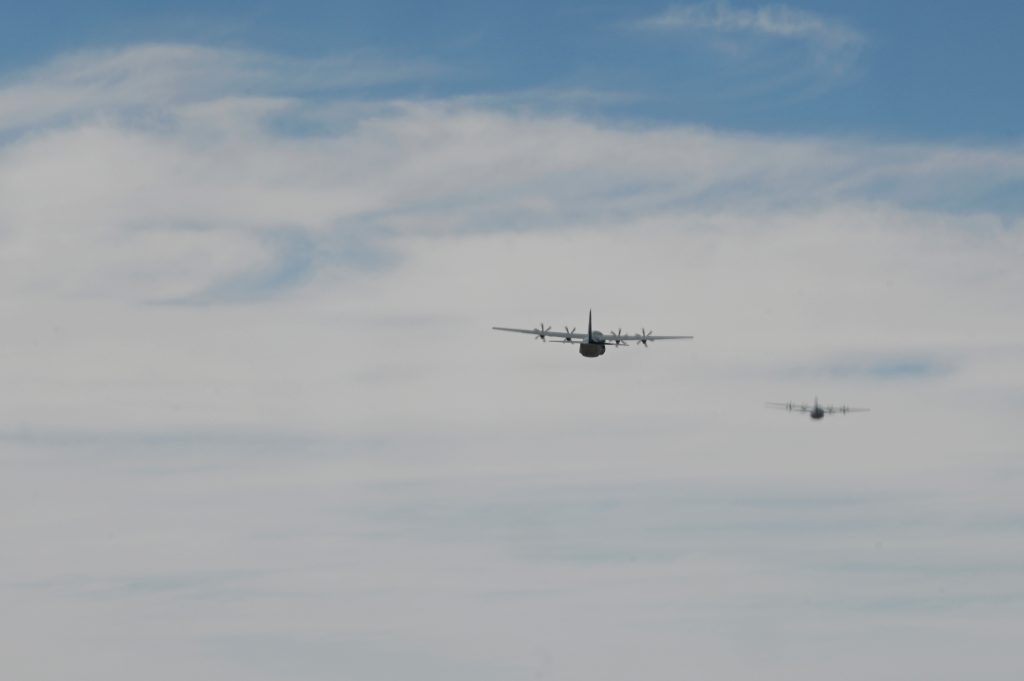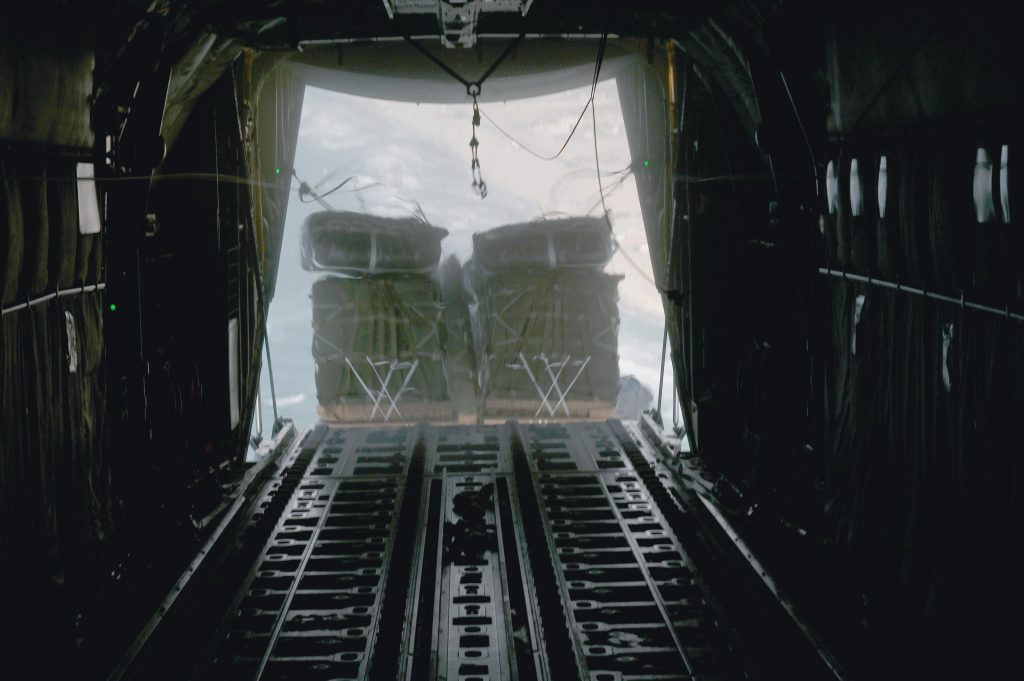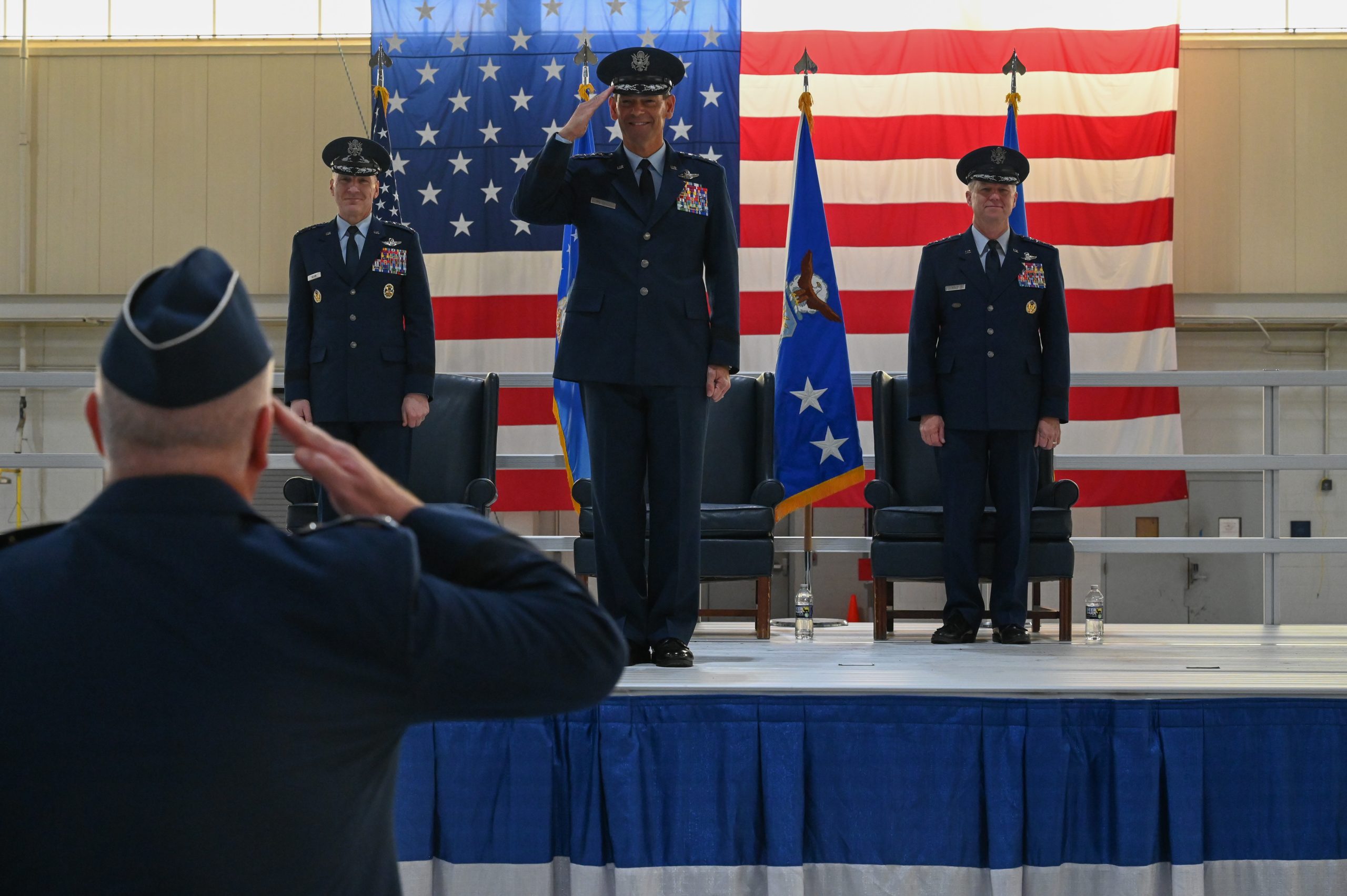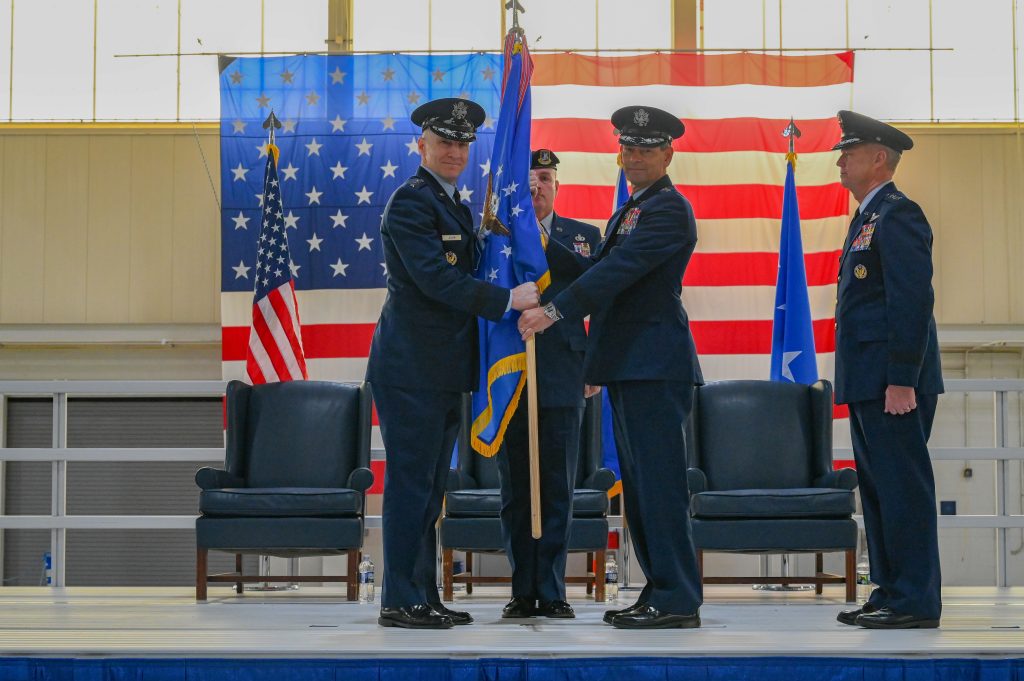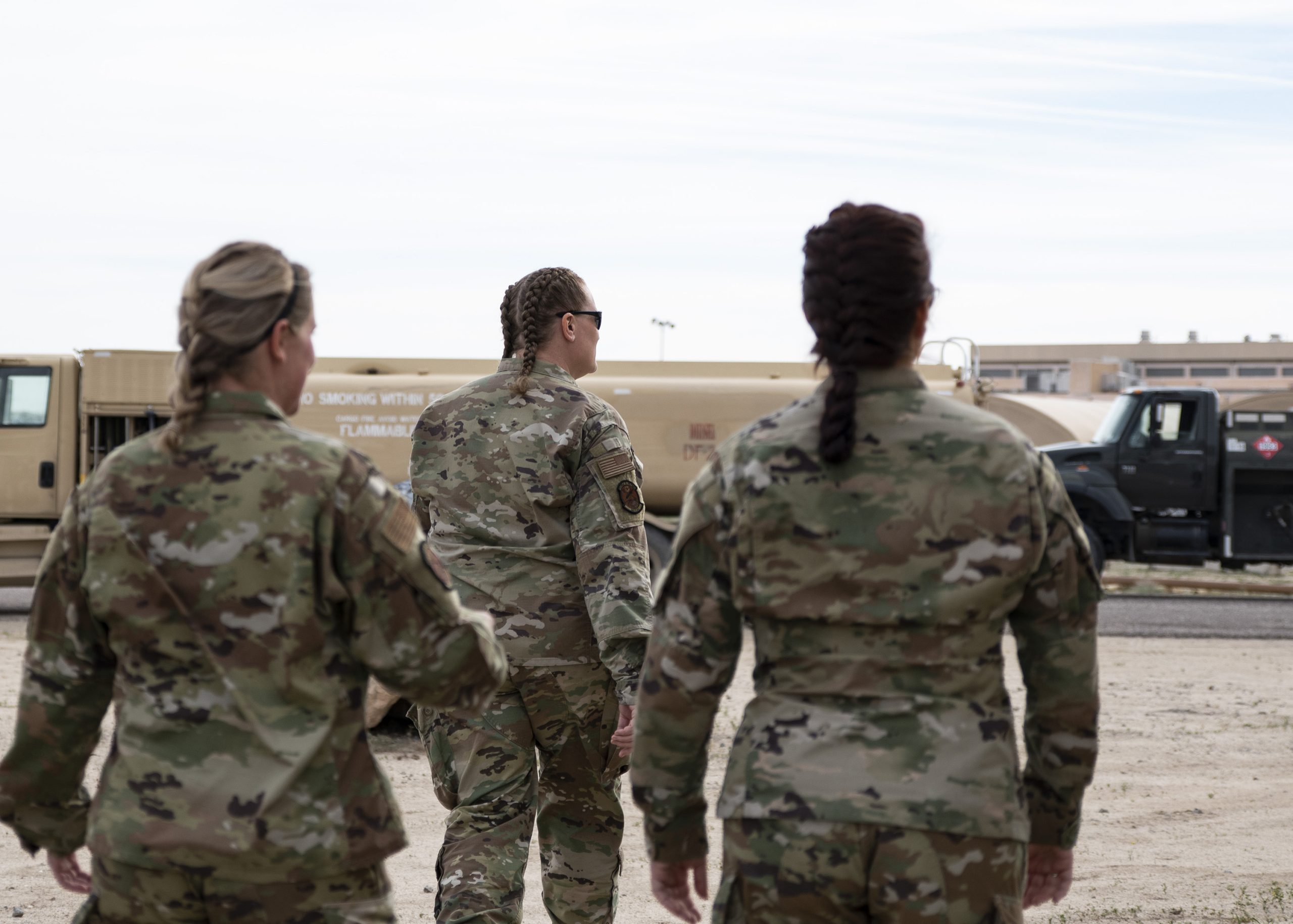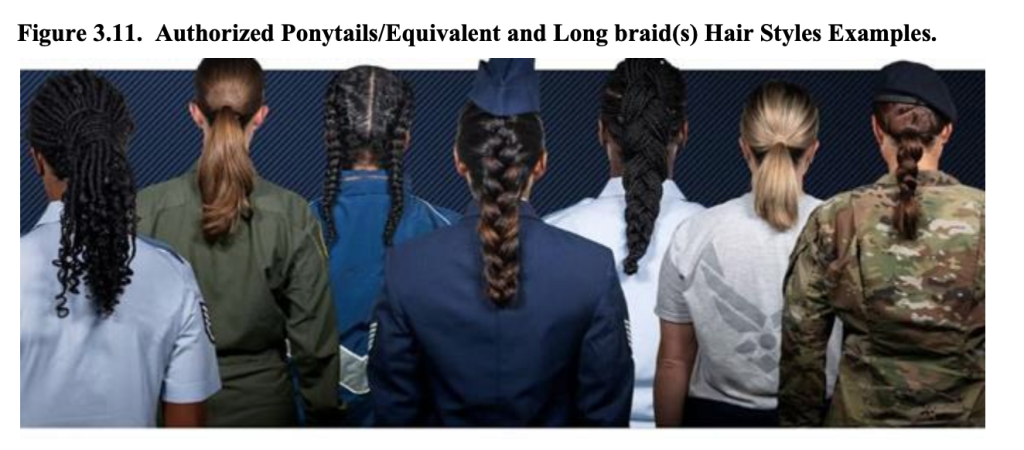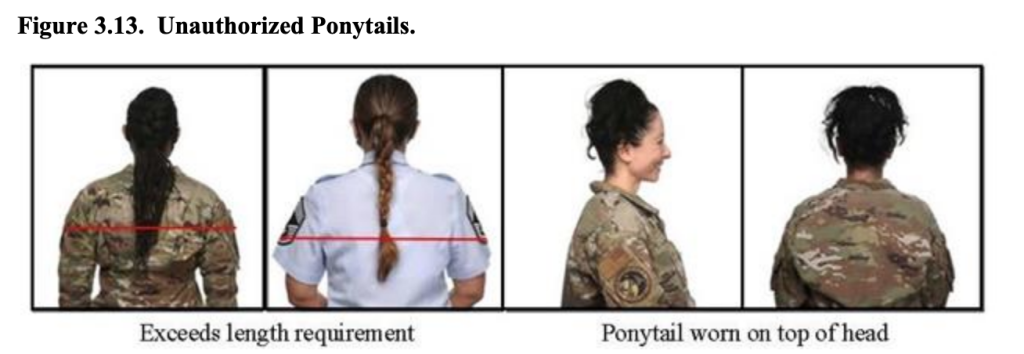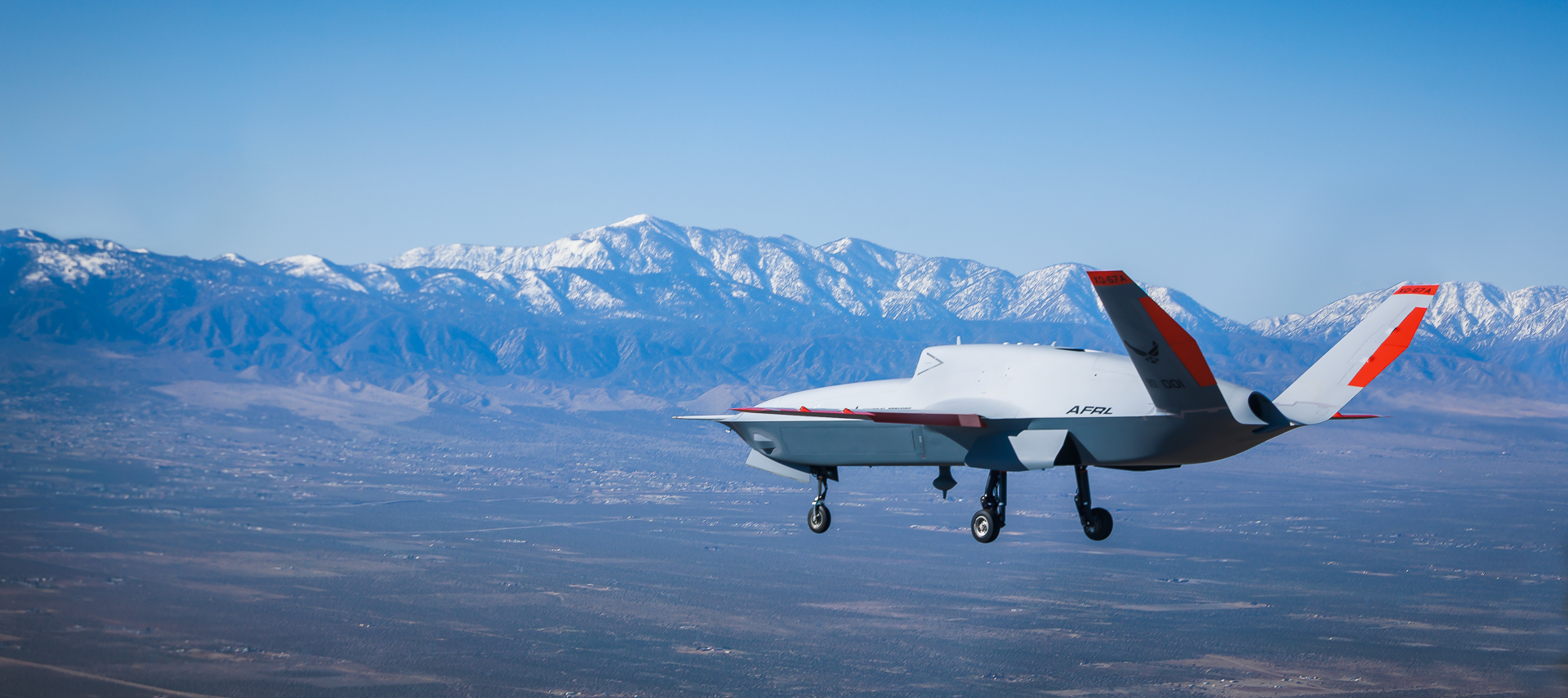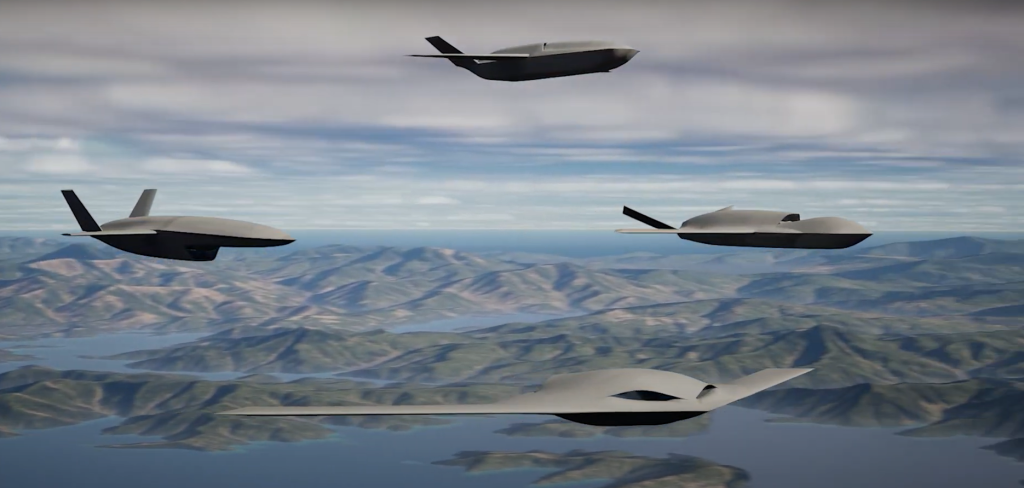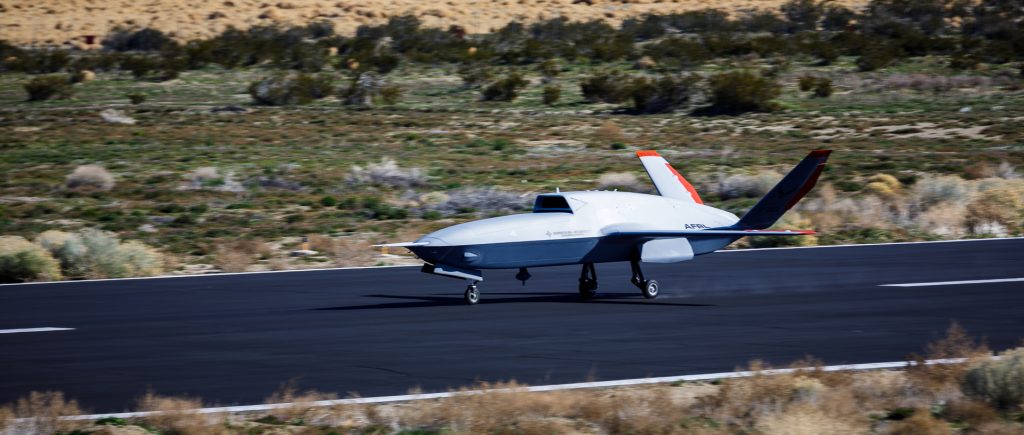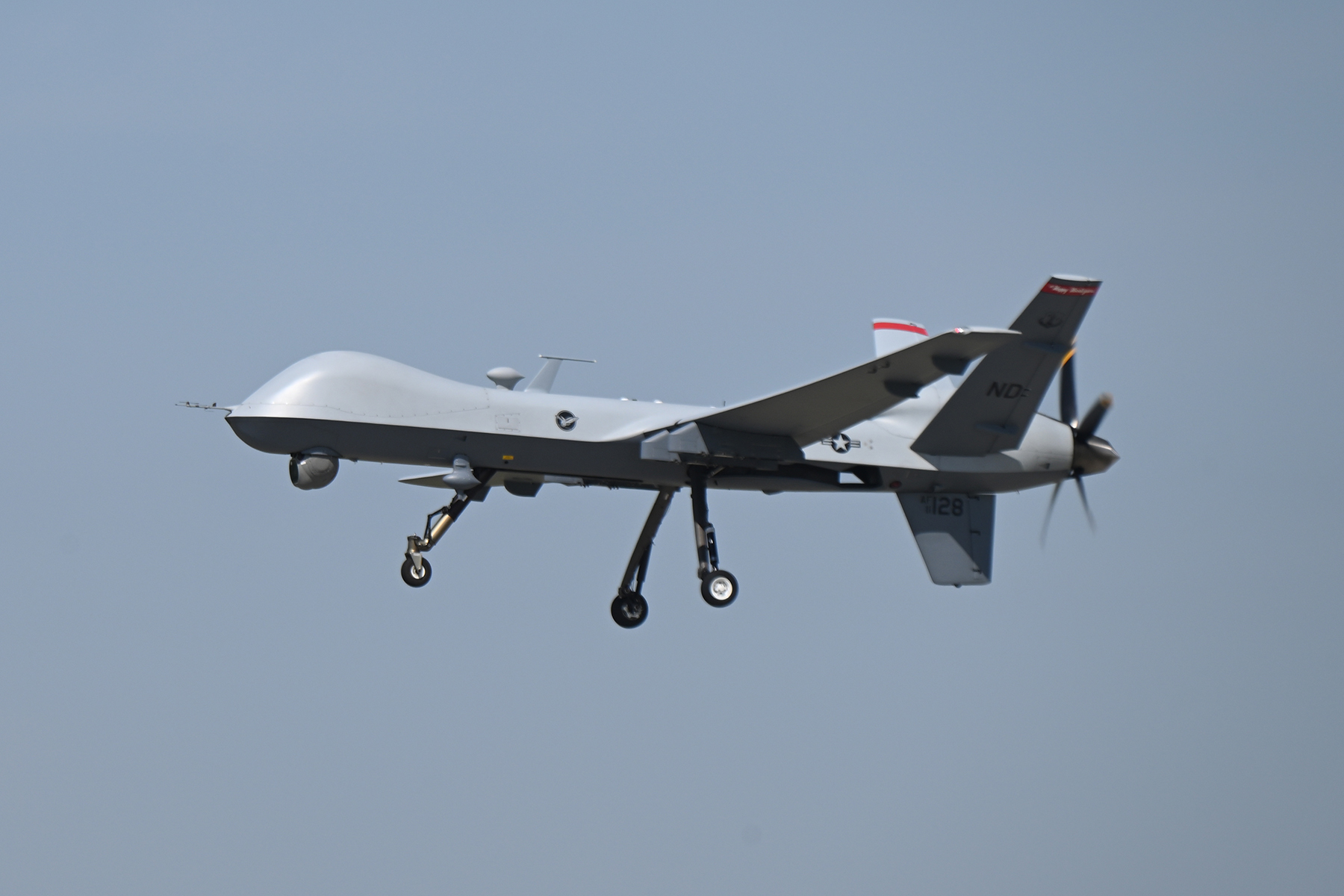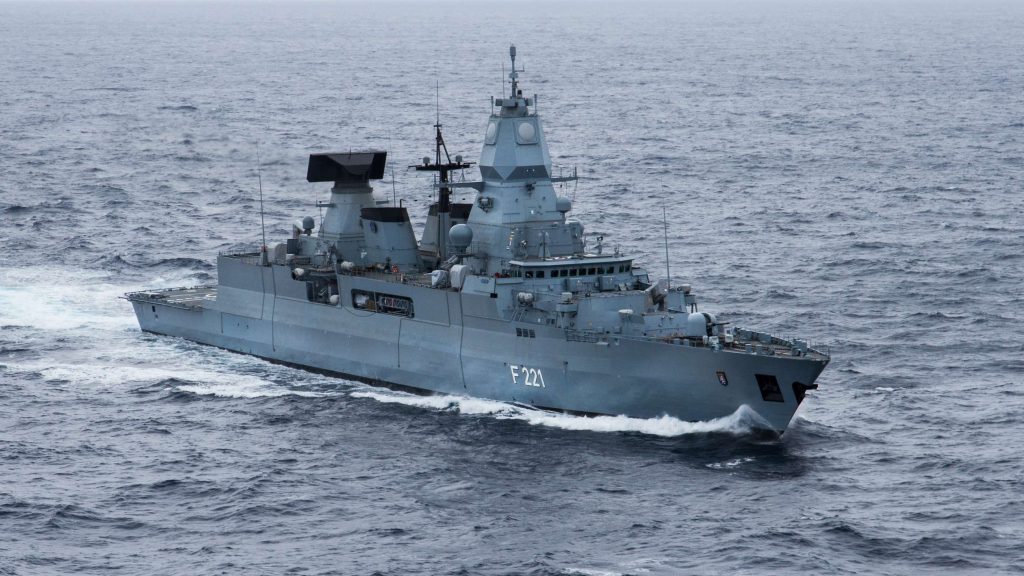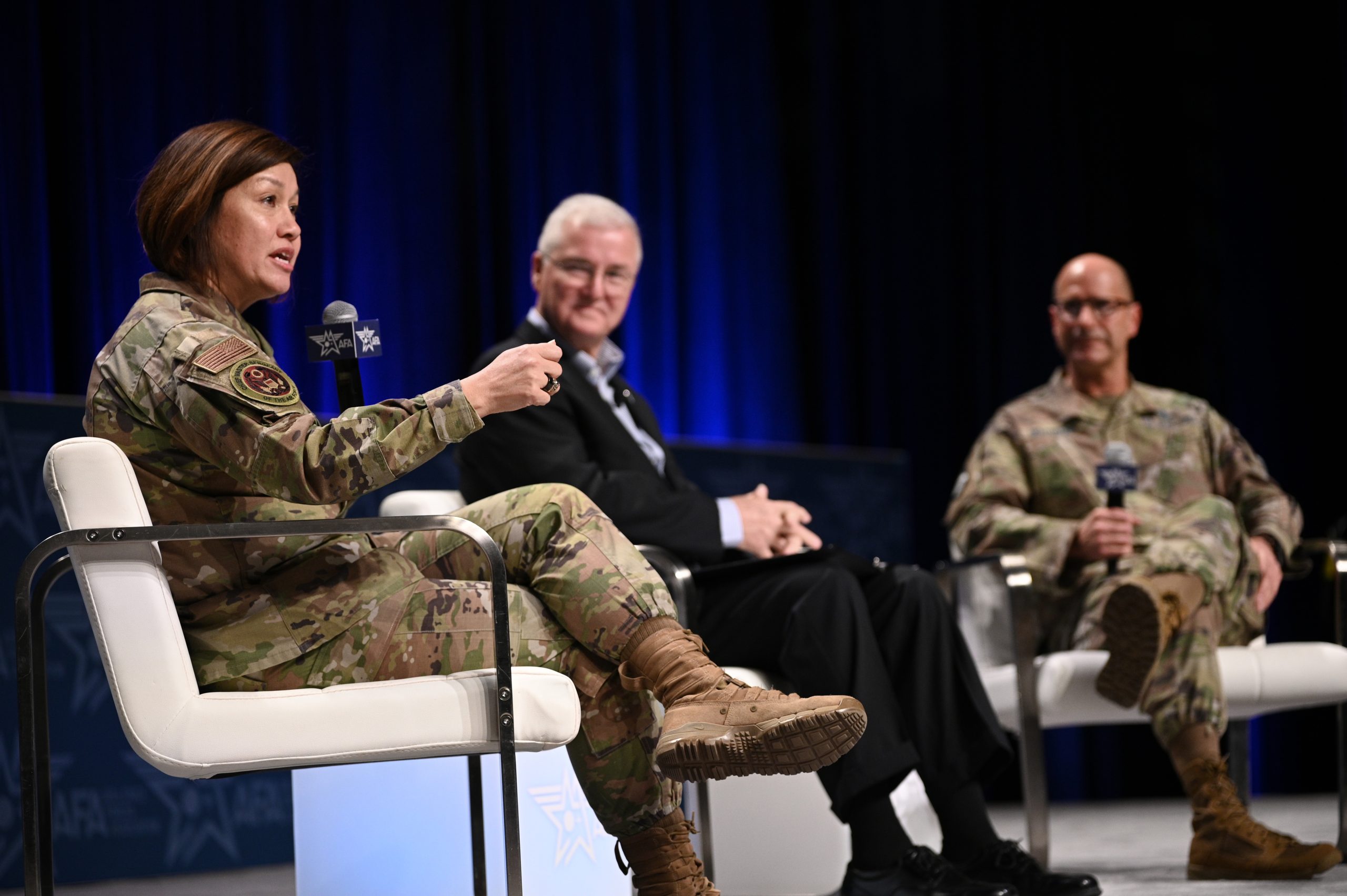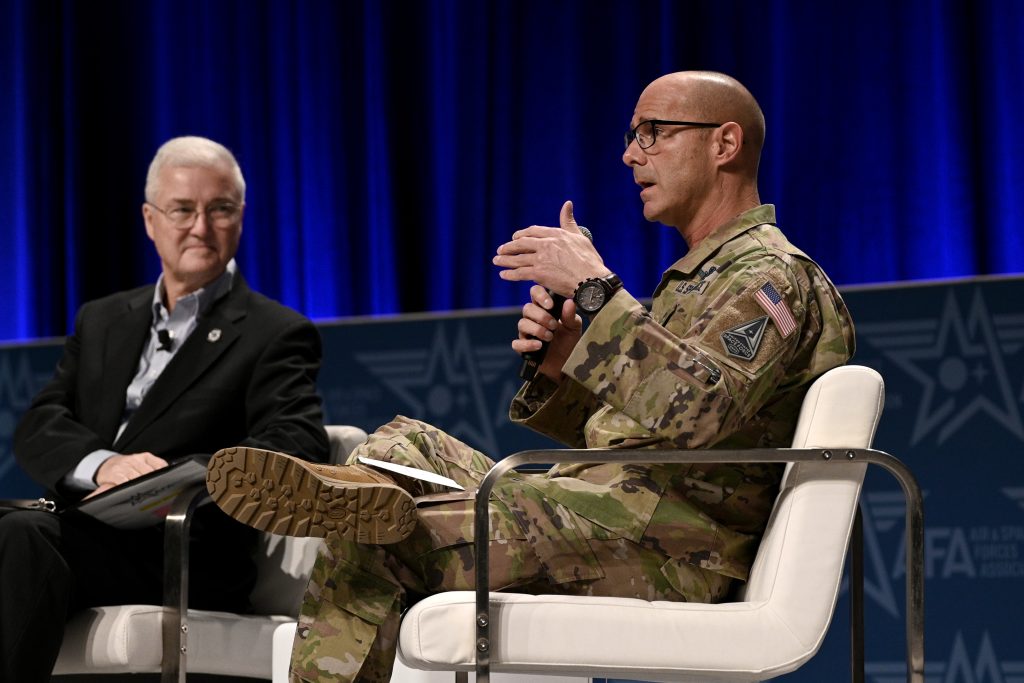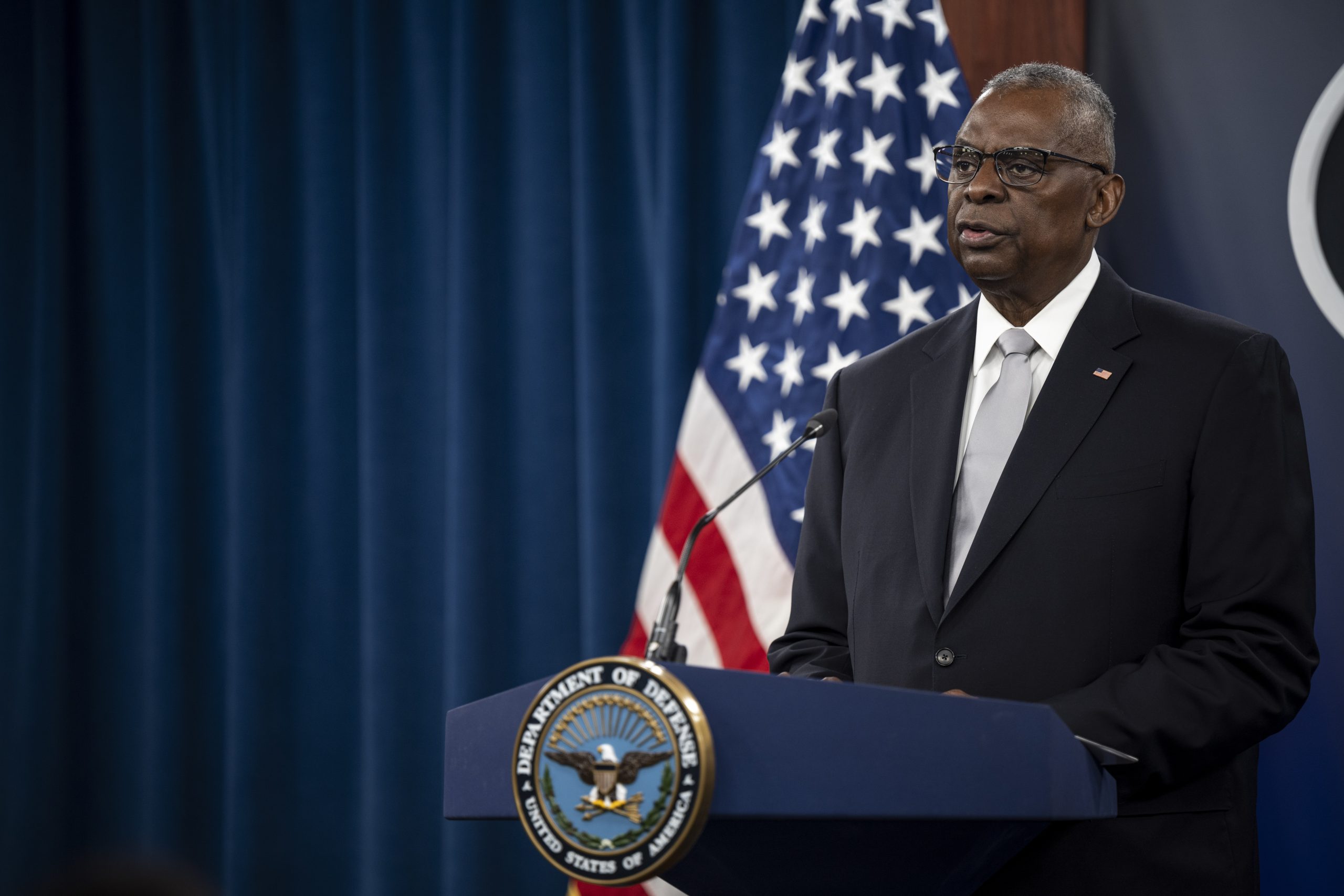Thousands of Airmen, Guardians, civilians, industry officials, and airpower advocates gathered in Aurora, Colo., from Feb. 12-14 for the AFA Warfare Symposium.
Department of the Air Force leaders unveiled sweeping, historic changes as part of their “re-optimization for great power competition” and unpacked what it all will mean over the course of 30 panel discussions.
Find video and text transcripts of the top sessions, including keynote addresses, here:
- Secretary of the Air Force Frank Kendall, acting undersecretary Kristyn E. Jones, Air Force Chief of Staff Gen. David W. Allvin, and Chief of Space Operations Gen. B. Chance Saltzman all addressed “Re-Optimizing for Great Power Competition”
- Chief of Staff of the Air Force Gen. David W. Allvin discussed the State of the Air Force
- Chief of Space Operations Gen. B. Chance Saltzman gave a speech on the State of the Space Force
- Chief Master Sergeant of the Air Force JoAnne S. Bass and Chief Master Sergeant of the Space Force John F. Bentivegna shared the stage to talk about “Airmen and Guardians in the Fight”
- Lt. Gen. Adrian L. Spain, deputy chief of staff for operations, and Brig. Gen. David C. Epperson, director of current operations, detailed the “Future of Force Presentation”
In addition, video and transcripts for every session are now posted on AFA’s official conference page.
All of Air & Space Forces Magazine’s comprehensive coverage of the conference is compiled here and will be featured in the March/April issue to come.
